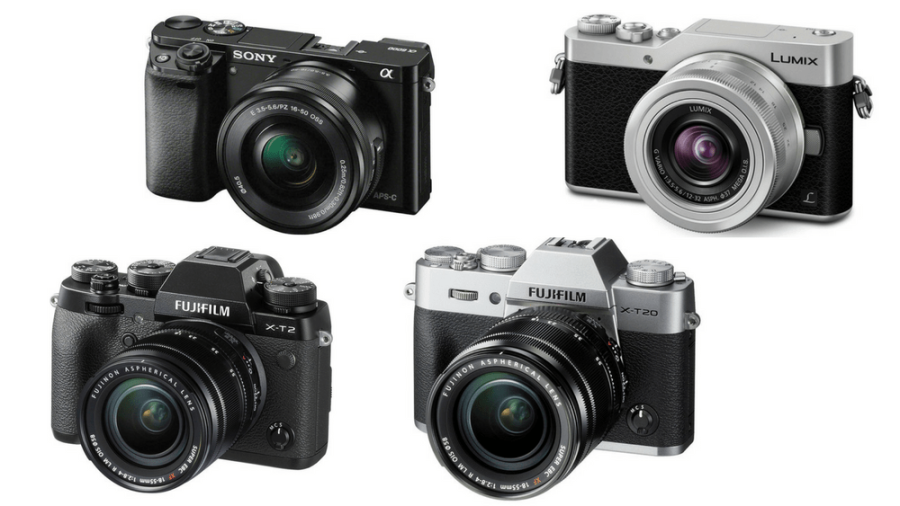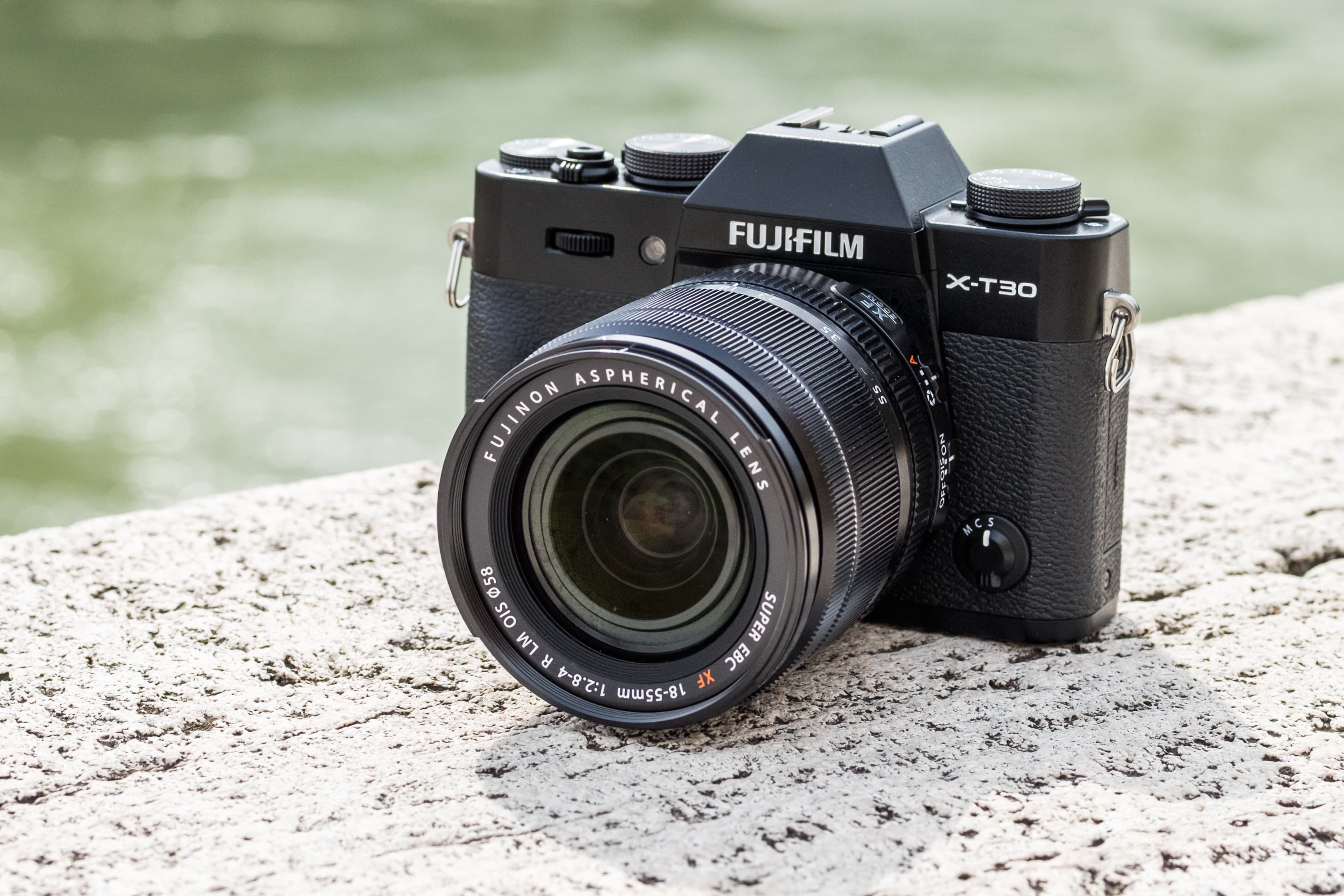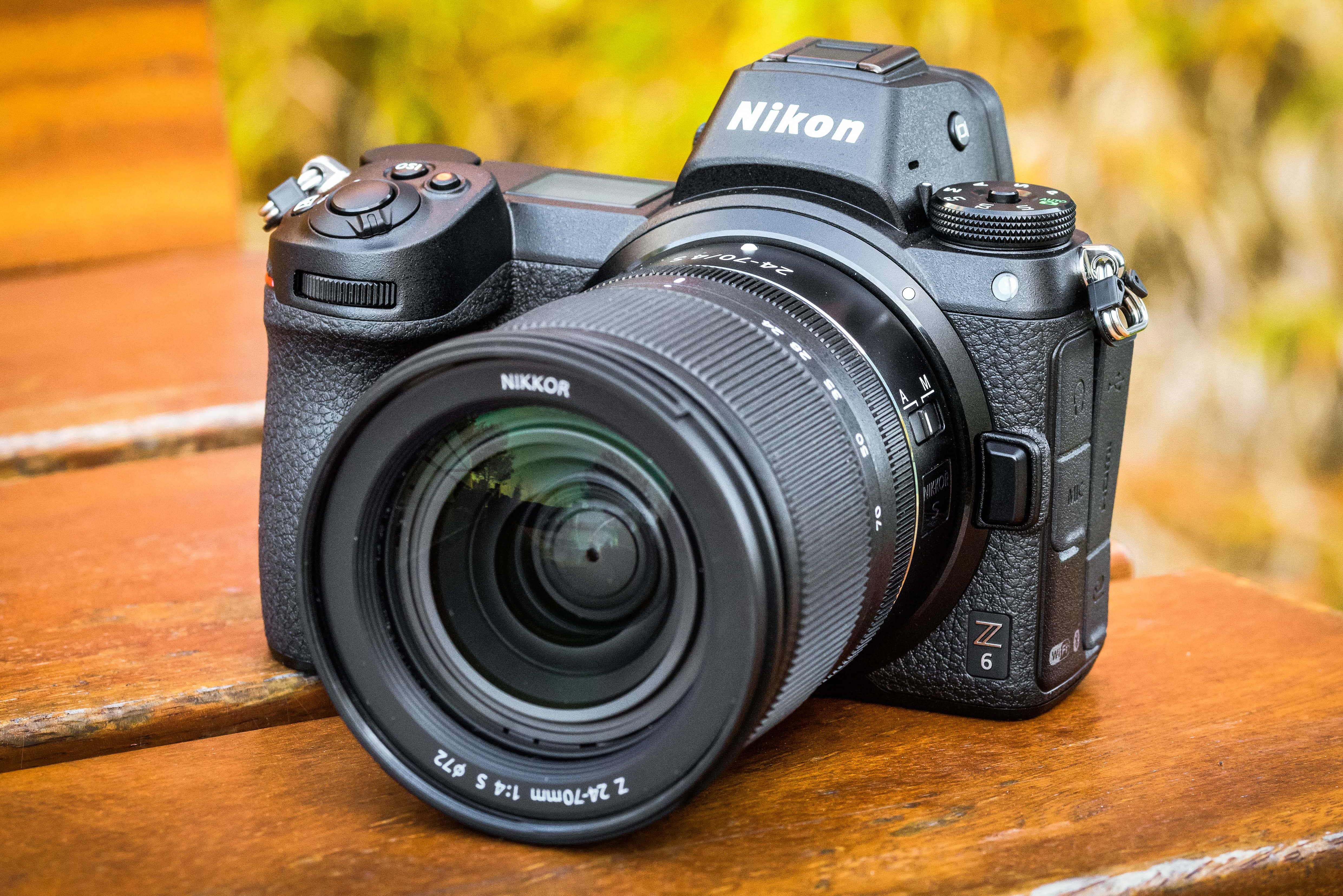Looking for the best mirrorless camera available right now? Look no further.
We reveal our favourite mirrorless cameras on the market, from sub-£700 models right up to the finest full-frame examples that rival the best DSLRs.
Here we’ll take a look at eight of the best mirrorless cameras you can currently buy.
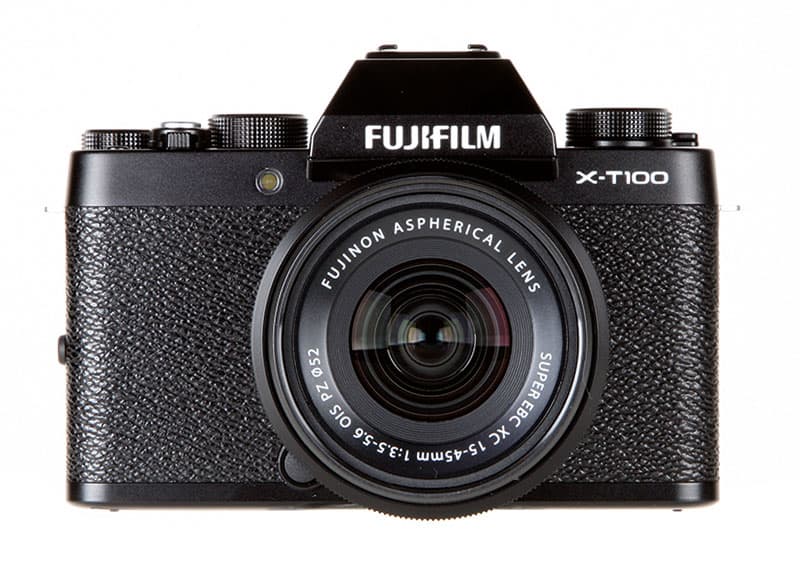
Best mirrorless camera 2020 – entry level: Fujifilm X-T100
Key features
- £619 (with 15-45mm XC kit lens)
- 24.3MP APS-C CMOS sensor
- ISO 200-12,800 (expandable to ISO 100-51,200)
- Up to 6fps continuous shooting
- 3in, 1040k-dot 3-way tilt type LCD touchscreen
- 4K Burst Photo
- Wi-fi, and Bluetooth connectivity
The Fujifilm X-T100 is a solidly built camera aimed at first time mirrorless buyers as well as those advancing from smartphones. Those who do buy it will fall in love with its beautiful form and the quality of the images it produces. It may not have an X-Trans sensor, but it still delivers very impressive image quality, with vibrant colour and excellent detail preserved high into its ISO range.
The 15-45mm kit lens that’s sold with the X-T100 puts in a good optical performance, but there’s 26 X-mount lenses to choose from when you outgrow the kit lens and when the X-T100 is used with Fujifilm’s lovely f/2 primes it takes up next to no space at all.
Best mirrorless camera score: 4 out of 5
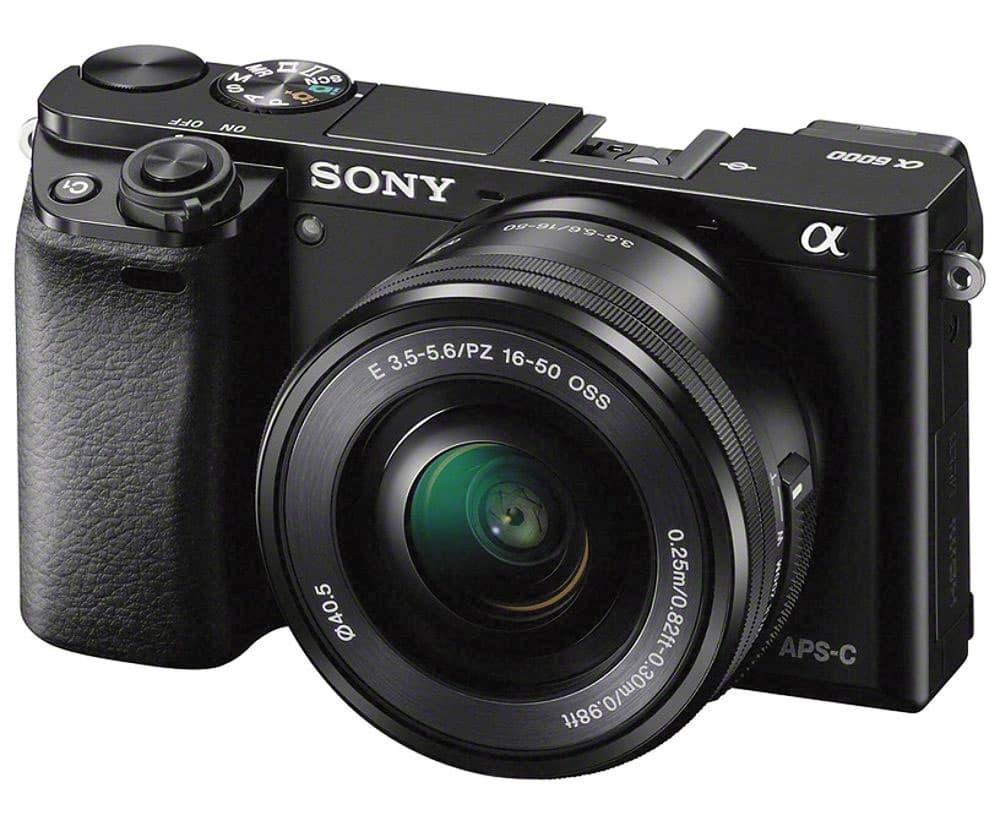
Best mirrorless camera 2020 – mid-range: Nikon Z 50
Key features
- £849 (body only)
- £989 (with Nikon Z DX 16-50mm f/3.5-6.3 VR) or £1,199 (with Nikon Z DX 16-50mm f/3.5-6.3 VR and Nikon Z DX 50-250mm f4.5-6.3 VR)
- 20.9MP APS-C sensor
- Nikon Z-mount
- 11fps continuous shooting with AE/AF
- Tilting touchscreen
- 2.36-million-dot electronic viewfinder
- 4K video at 30p
Just as Nikon blew us away with the introduction of the Z 6 and Z 7, they’ve done the same with the Z 50. Despite being smaller and lighter than the Z 6 and Z 7, it manages to successfully uphold the style and feel of the company’s Z system while offering Nikon D7500-like features with usability closer to that of Nikon’s advanced entry-level DSLR, the D5600.
Best mirrorless camera score: 5 out of 5
Continues below…
[collection name=”small”]
Best mirrorless camera 2020 – enthusiasts: Fujifilm X-T30
Key features
- £26.1-million-pixel APS-C X-Trans CMOS 4 sensor
- ISO 160-12,800 (80-51,200 extended)
- 425-point AF system with 2.16-million phase detection pixels
- Up to 30fps continuous shooting
- 4K/30p recording with 4:2:2 10bit HDMI output
- Single SD card slot
- £849 body only
As part of Fujifilm’s desirable X-T series, The X-T30 positions itself above the entry-level X-T100 and below the senior X-T3, making it a great choice for enthusiasts. The X-T30 has inherited its sensor, processor and other features from the X-T3, serving it all up in a smaller, lighter body that comes with most of the buttons and dials photographers want to take manual control.
Best mirrorless camera score: 5 out of 5
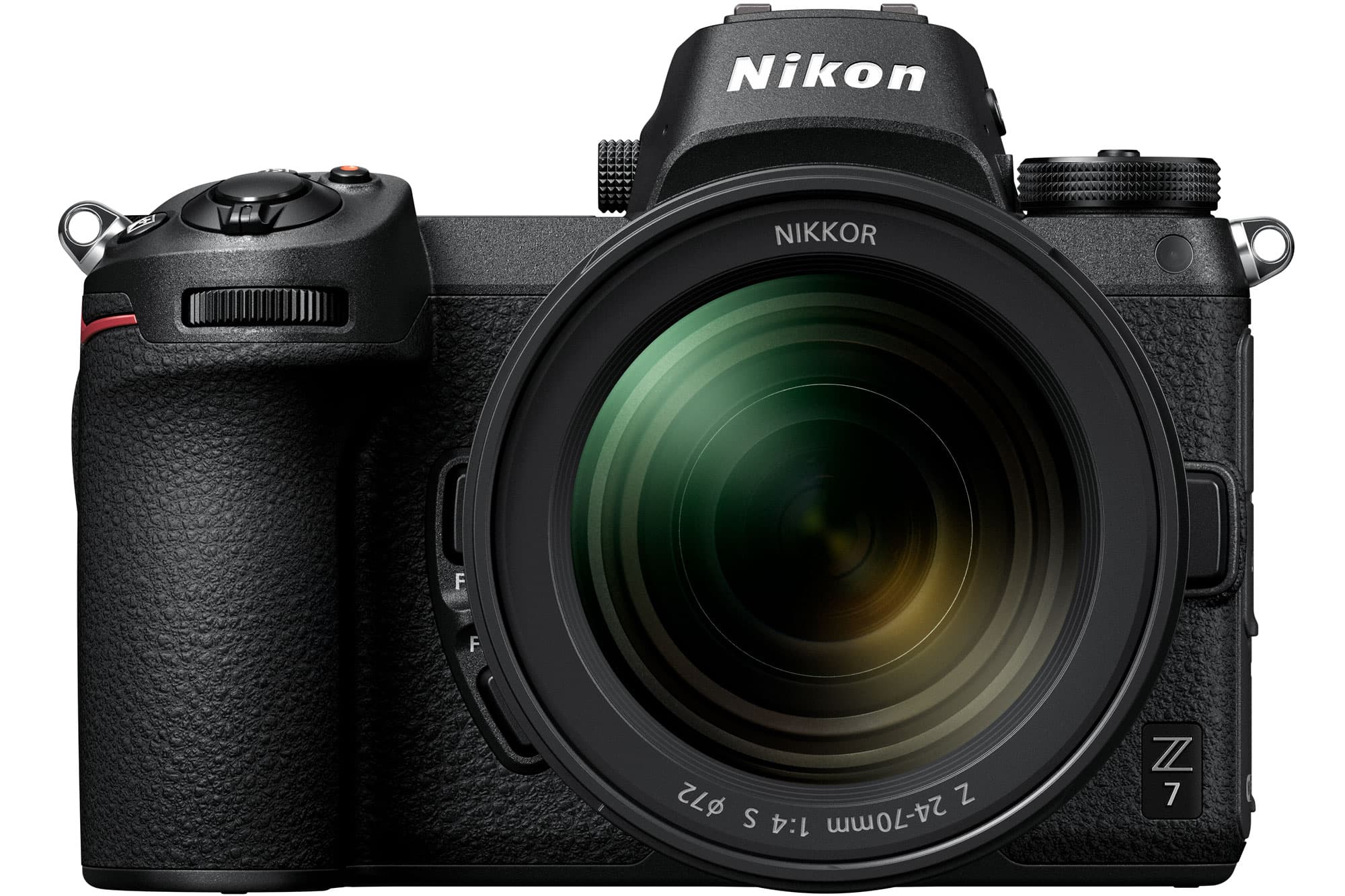
Nikon Z7 front view
Best mirrorless camera 2020 – high-end: Nikon Z7
Key features
- £3,399 body only
- 45.7MP full-frame BSI CMOS
- New large diameter Z-mount
- Works with F-mount SLR lenses via adapter
- 5-axis in-body stabilisation
- £4,099 with 24-70mm lens and FTZ adapter
The Nikon Z7 is not only a great first-generation product, but also one of the best cameras Nikon has ever made. It features an excellent sensor that provides stunning image quality under any lighting conditions, as well as an effective 5-axis image stabilisation – a first for Nikon – that keeps your images sharp. As a top-end, 45.7MP model, the Z 7 is designed to go head-to-head with Sony’s highly-regarded Alpha 7R III, with a remarkably similar configuration and specification but not only is the Z 7 a match for the A7R III, in many respects it equals or surpasses the D850, Nikon’s best-ever DSLR.
Best mirrorless camera score: 5 out of 5

Best mirrorless camera 2020 – high-end for speed: Olympus OM-D E-M1X
Key features
- £2799.99 body only
- 20.4MP Four Thirds MOS sensor
- 121-point phase-detection AF
- 15fps shooting (10fps with C-AF)
- 2.36m-dot EVF, 0.83x magnification
- 3-in fully-articulated touchscreen
- 5-axis in-body stabilisation, up to 7.5 stops
The a Olympus OM-D E-M1X is a pro-focused, rapid-shooting Micro Four Thirds powerhouse. It takes all the things the OM-D E-M1 Mark II did well, such as high-speed shooting, autofocus tracking, in-body stabilisation and durability, and builds on it. It’s a particularly great option for those who shoot sports and wildlife under demanding conditions.
Best mirrorless camera score: 4.5 out of 5
Best mirrorless camera 2020 – for video: Panasonic Lumix DC-GH5
Key features
- Price £1,699 (body only)
- 20.3MP Four Thirds Live MOS
- 200-25,600 (expandable to ISO 100)
- 12fps continuous shooting
- 3.2in, 1.62m-dot vari-angle touchscreen
- 10-bit 4:2:2 4K video capture
Panasonic’s GH series has long been targeted at video enthusiasts and the GH5 pushes this particular envelope even further, not only with the inclusion of 4K video footage at 50p/60p, but also with the addition of broadcast-standard 10-bit 10:2:2 recording. In fact, this latter feature is likely to be a chief selling point for committed videographers who demand greater flexibility at the editing stage. Naturally, the GH5 also provides a range of 1080p Full HD and 720p HD quality options, with microphone and headphone ports all present and correct alongside an HDMI port.
While the GH5 boasts class-leading video capabilities, it’s no slouch in the still image department either. The camera is built around a new 20.3MP Live MOS sensor and Panasonic’s latest Venus Engine 10 image processor. Autofocus is taken care of via a new 225-point AF system that utilises Panasonic’s Depth from Defocus contrast-detect technology to provide a claimed focus acquisition time of just 0.05secs.
Elsewhere, the GH5 comes with Panasonic’s new 6K Photo Mode that enables 18MP still images to be captured at up to 30fps. While the GH5 is not particularly small or light for a mirrorless camera, build quality is very much on the money, with the GH5’s durable magnesium alloy chassis also benefiting from dust and moisture sealing. If you’re looking for the ultimate stills/video hybrid then the GH5 should be at the top of your list.
Best mirrorless camera score: 4.5 out of 5
Best mirrorless camera 2020 – affordable full-frame: Nikon Z6
Key features
- £2,099 body only (£2,199 with FTZ mount adapter)
- 24.5MP full-frame BSI CMOS sensor
- New large diameter Z-mount
- Works with F-mount SLR lenses via adapter
- 5-axis in-body stabilisation
- 12fps burst shooting
- Single XQD card slot
The Nikon Z 6 is a welcome model for loyal Nikon users looking for a great all rounder as an update to the versatile D750, launched in 2014, has been long overdue. Much like the Z 7 in terms of the way they share the same body design and use the same large-diameter, short back-focus lens mount, but the Z 6 is more of a general purpose model and presents a lower resolution sensor, less sophisticated AF system and faster continuous burst offering. For those that don’t need extremely high-resolution output but still want a well-equipped full frame camera, the £1300 saving over the Z 7 makes the Z 6 a very attractive option.
Best mirrorless camera score: 5 out of 5
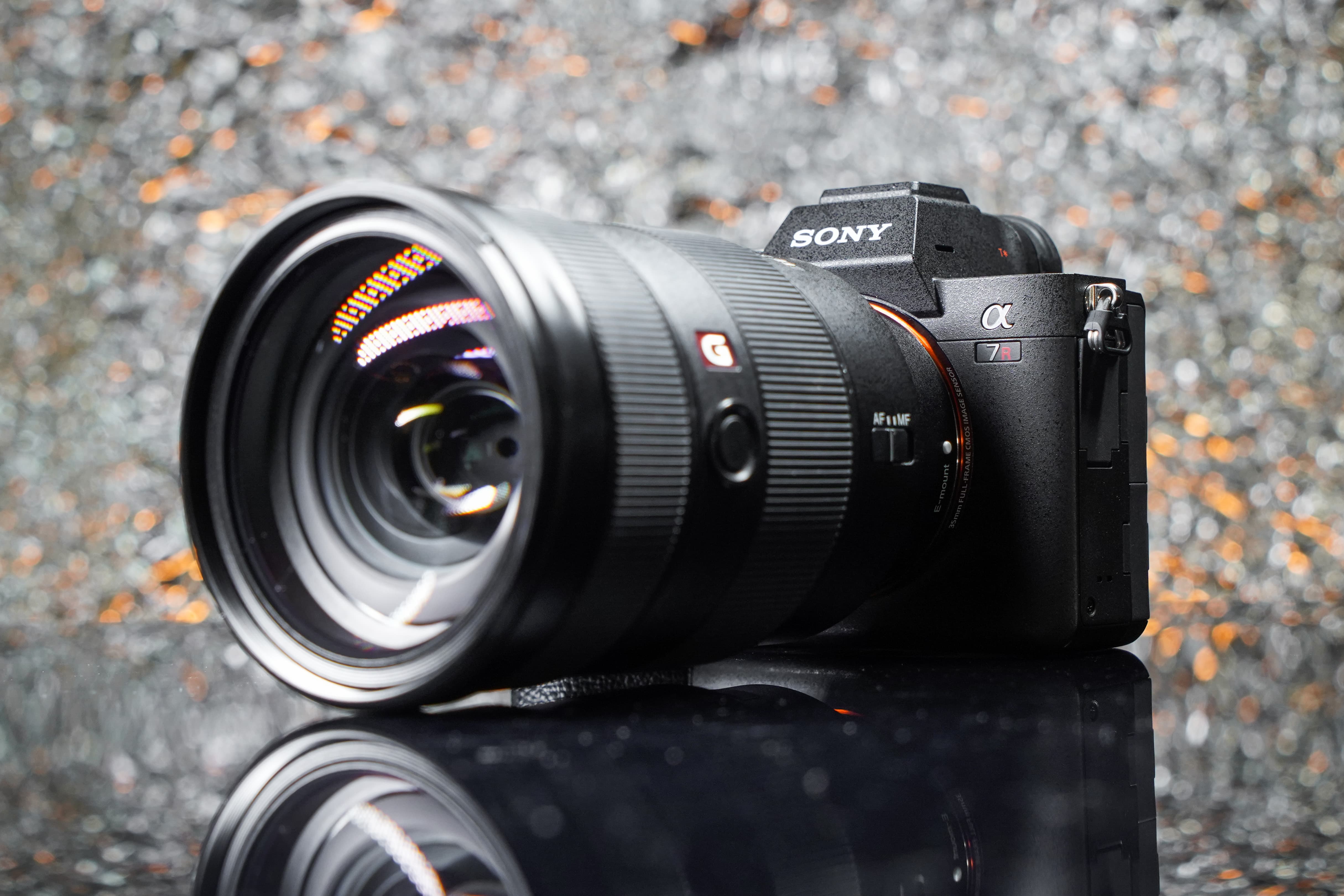
Best mirrorless camera 2020 – full-frame for image quality: Sony Alpha 7R IV
Key features
- £3,499 body only
- 61MP full-frame CMOS sensor
- ISO 100-32,000 (expandable to ISO 50-102,400)
- 10fps continuous shooting
- 5-axis in-body stabilisation
- 5.76-million-dot EVF
- 3in, 1.44-million-dot tilt-angle screen
- 4K/30fps video
A true full-frame master of resolution, the Sony Alpha 7R IV contains the world’s first 61MP full frame sensor, taking image quality to new heights. Not only does it deliver astonishing levels of fine details in its files, but it also produces great performance at high ISO. While the high resolution may be overkill for enthusiasts and amateurs, pros, commercial photographers and those who regularly shoot high-resolution images for stock agencies will appreciate the truly great image quality.

